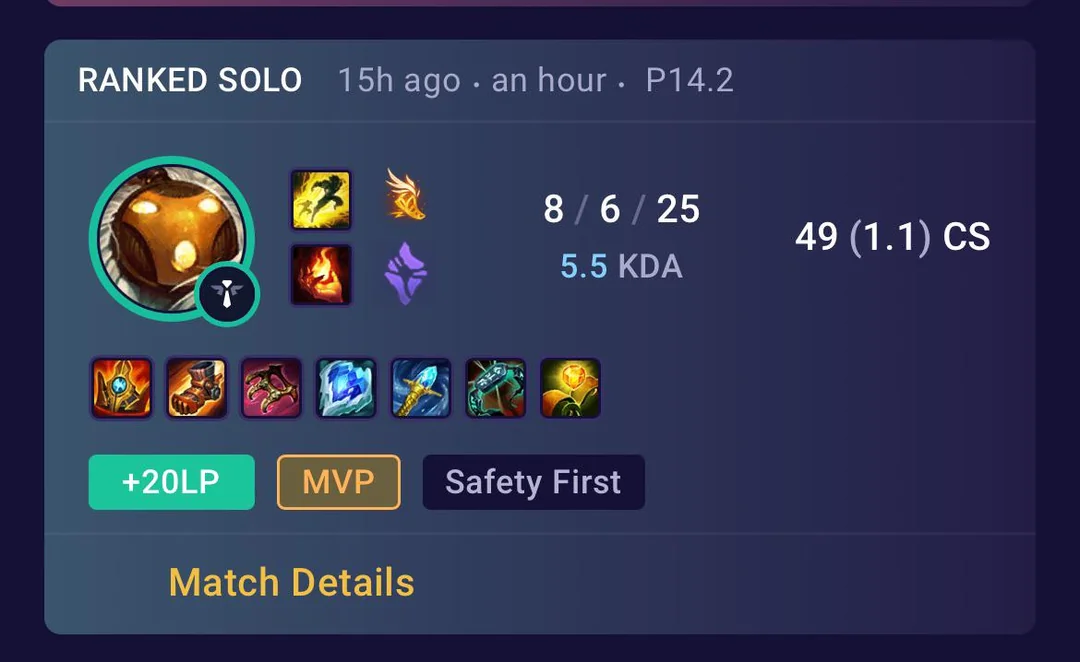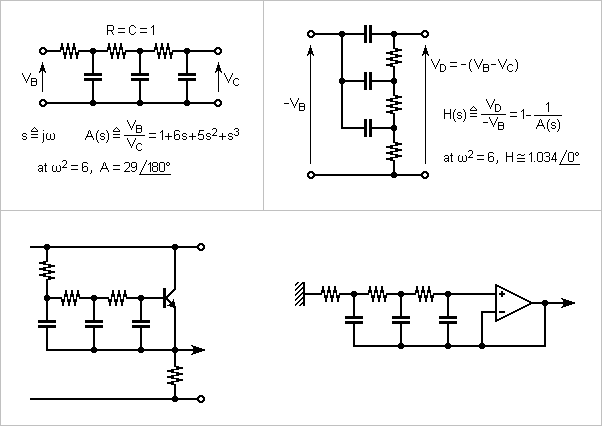Introduction: Understanding the Bard Build in RPGs
Whenever you consider a bard in a RPG, what comes in your thoughts? Could it be the wonderful, well-spoken personality bard build who weaves effective spells with just a guitar? Or can it be the lively, ambitious soul who is able to turn the wave of battle with a well-timed performance? Bards are special characters in most role-playing games, embodying usefulness, charm, and the capability to form the battlefield with equally secret and music.
Making a successful bard construct is not pretty much maximizing spell slots or choosing the right instrument; it’s about understanding the balance between support, injury, and utility. Bards may be healers, injury merchants, and audience controllers all at once. But to truly grasp the bard’s potential, it’s crucial to know how to optimize your bard construct for maximum efficiency, equally in overcome and during exploration.
What Is a Bard Build?
At its core, a bard construct centers around making a figure who excels in a wide variety of capabilities, from spellcasting to support to combat. But a bard is not a jack-of-all-trades—through proper preparing, you possibly can make a bard that specializes in a number of aspects of gameplay. Whether you’re interested in encouraging your group with effective devotees and therapeutic, or emphasizing harming spells and manipulating the battlefield, your bard construct may evolve based on your own choices.
A bard’s special blend of capabilities afford them the ability to produce a wide selection of builds. While one player should concentrate on the basic position of support, applying music and secret to help their group, another may seek to build a bard who’s a good injury seller, leveraging spells and overcome proficiency.
Key Elements of a Bard Build
To hobby the most effective bard construct, there are numerous parts you need to consider: your character’s features, the subclass you select, the spells you get, and the equipment you wear. Let’s plunge into each one.
1. Features and Stat Points for Bard Forms
The first step to creating a successful bard build is assigning your feature points. Features such as Personality, Dexterity, and Structure are of specific importance. The allocation of the figures may straight influence your performance in struggle and different areas of the game.
- Personality (CHA): As a bard, your Personality can be your most vital stat. Personality impacts your spellcasting ability, your Bardic Motivation success, and how you conduct in cultural interactions. The bigger your Personality, the better your Bardic Motivation will undoubtedly be, and the far better you will be at casting spells that require Personality as a spellcasting modifier.
- Dexterity (DEX): Dexterity is another important feature for most bard builds. Bards frequently use mild shield and finesse tools, indicating Dexterity may raise your Armor Type (AC), supporting you avoid damage. Also, Dexterity influences your assault sheets with ranged tools and finesse-based melee tools, making it a stat value buying for bards who want to succeed in combat.
- Structure (CON): While not as important as Personality or Dexterity, Structure continues to be vital for bards, particularly those who want to stay static in the fight. A great Structure score increases your hit points, which can be important for keepin constantly your bard alive in harder battles.
2. Picking the Proper Bard Subclass
The subclass you select for the bard build may considerably influence how your personality plays. Each subclass offers special benefits and capabilities that appeal to different playstyles. Understanding the advantages of each subclass is essential to creating a construct that matches you.
- College of Lore: This is one of typically the most popular bard subclasses. The College of Lore centers around usefulness and knowledge. Bards who select that way get extra spells and an element named Cutting Words, which allows you to minimize the potency of enemy attacks. If you’re looking for a bard construct that may be efficient in a variety of situations, from therapeutic to dealing damage to managing the battlefield, the College of Lore is really a amazing option.
- College of Valor: The College of Valor is the ideal selection for a bard who wants to enjoy a far more combat-focused role. That subclass increases your bard’s ability to support allies in battle. You get proficiency with medium shield, shields, and martial tools, creating you a far more strong front-line support character. A bard construct centered on the College of Valor is perfect for individuals who wish to inspire allies while taking portion in primary combat.
- College of Eloquence: The College of Eloquence centers around persuasion and inspiring the others with words. If you’ll need a bard who excels at cultural interactions and can increase Bardic Motivation to maximum influence, here is the ideal subclass for you. Your bard construct may glow in campaigns wherever cultural interaction is essential, offering advantages in diplomacy and coercion.
3. Spells and Abilities for an Efficient Bard Build
A bard’s spellcasting capabilities are some of the very effective in the game. The option of spells can make or separate a bard build as these capabilities frequently provide support, therapeutic, and control over enemies. Let’s break down a few of the most effective spells for a bard build.
- Therapeutic Term: One of the very versatile and important bard spells, Therapeutic Term can cure allies at a distance, allowing you to hold your group alive in the warmth of battle.
- Dissonant Whispers: A good offensive spell, Dissonant Whispers causes psychic damage to an enemy and makes them to move far from you. This could interrupt enemy techniques and cause them to become more vulnerable.
- Counterspell: As a bard, you can interrupt enemy spellcasters by casting Counterspell.That ability is important in fights wherever effective secret will be cast around. It could keep your group from damaging spells and turn the wave of battle.
- Hold Individual: That crowd-control spell paralyzes a humanoid enemy, rendering them absolutely immobile and letting your allies to assault without retaliation. Hold Individual is very efficient against spellcasters or high-damage enemies.
- Attraction Individual: This is one of the many energy spells a bard can use to manipulate NPCs. Attraction Individual can assist you to produce allies of enemies or collect important information during cultural interactions.
These spells, alongside the others, let bard build to shift the balance of energy in combat. Whether you wish to debuff enemies, buff allies, or provide therapeutic, bards have the equipment to take care of nearly every situation.
4. Equipment and Equipment Possibilities for Your Bard Build
While bards are primarily spellcasters, their choice of tools and shield can still enjoy a critical position in ensuring their survival and success in combat. Below are a few essential gear possibilities for the bard construct:
- Devices: Musical tools are not only quality in RPGs—they are an essential section of a bard’s spellcasting. Different tools are required for different spells, so make sure you pick one that matches your playstyle. Devices such as a lute or flute are basic possibilities, but your DM may possibly allow you to use different creative choices!
- Weapons: Bards have a tendency to favor bard build finesse tools like rapiers or small swords. These tools work very well along with your Dexterity modifier, allowing for agile and efficient attacks. If you like ranged overcome, a shortbow or crossbow may also be useful in a bard construct.
- Armor: While bards do not on average wear heavy shield, mild shield or medium shield is an excellent decision to offer defense without sacrificing mobility. The College of Valor subclass grants proficiency with medium shield and shields, which could make you a strong front-line fighter in battle.
How to Optimize Your Bard Build for Maximum Effectiveness
Optimizing your bard construct requires more than selecting the best subclass, spells, and equipment. To truly discover the potential of one’s bard, you will need to target on your own celebration position and playstyle.
1. Balance Your Bard’s Role in the Celebration
A bard construct can load several jobs in a party. You bard build can be a service personality, a injury seller, or even a tank. The easiest way to harmony your bard’s position is to connect along with your group and understand wherever they require help. If your group previously includes a effective injury seller, for example, you should concentrate on providing support and utility.
2. Increase Bardic Motivation
Bardic Motivation is one of your most important resources as a bard. It could turn the wave of struggle and make fully sure your group gets the side in hard fights. Increase the use of Bardic Motivation giving it to your allies at the most opportune times. Also, consider applying characteristics like the College of Eloquence’s Unfailing Motivation to create your Bardic Motivation much more reliable.
3. Pick Spells That Match Your Celebration
As a bard, your spells should concentrate on matching the bard build advantages of one’s celebration while covering their weaknesses. If your celebration lacks therapeutic, concentrate on therapeutic spells. If you want audience control, purchase spells like Hold Individual or Tasha’s Hideous Laughter.
FAQ: Common Questions About Bard Builds
Q1: What is the greatest subclass for a bard construct?
The most effective subclass depends on your own playstyle. If you’ll need a versatile bard with the capability to manage different situations, the College of Lore is a great choice. If you wish to concentrate on support and overcome, the College of Valor is ideal. If you like cultural encounters, the College of Eloquence excels in those areas.
Q2: Must I prioritize Personality or Dexterity in my own bard construct?
Personality should always be most of your stat since it bard build impacts your spellcasting and Bardic Inspiration. Dexterity is essential as well, especially for increasing your AC and assault sheets, but Personality should really be your prime priority.
Q3: May a bard construct succeed as a injury seller?
Yes! While bards are primarily support characters, they are able to also deal significant damage. With the best spells and weapon possibilities, you can construct a bard who excels at equally injury dealing and encouraging your team.
Conclusion: Perfecting Your Bard Build
Developing the perfect bard construct does take time and cautious thought, nevertheless the returns are immense. With a bard, you can control the flow of struggle, support your allies, and even charm the right path through complicated cultural situations. By emphasizing essential features like Personality, choosing the right subclass, selecting spells that complement your celebration, and optimizing your equipment, you can create a bard that’s not merely effective but additionally versatile and satisfying to play.











Leave a Reply